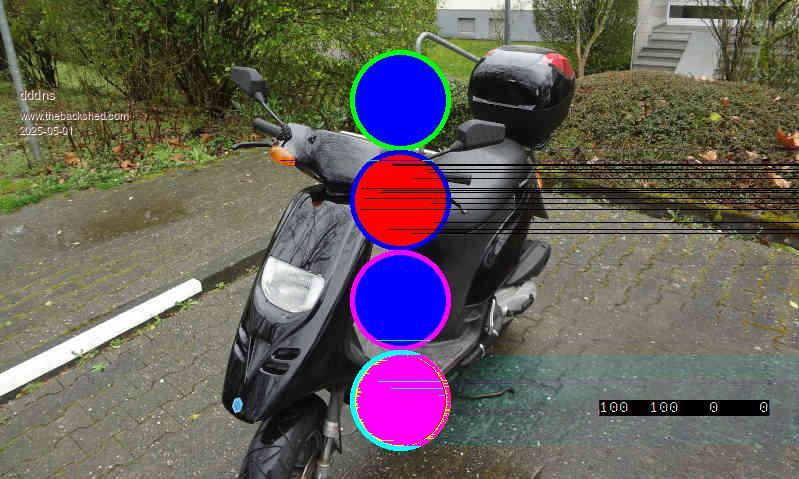
|

|
Forum Index : Microcontroller and PC projects : How does SSD1963 compare to VGA/HDMI speed wise?
| Author | Message | ||||
| gadgetjack Senior Member Joined: 15/07/2016 Location: United StatesPosts: 172 |
I figure someone has run a speed test to compare these to each other. Just wondering how they compare? |
||||
| Mixtel90 Guru Joined: 05/10/2019 Location: United KingdomPosts: 8265 |
How would you measure it? High speed camera triggered from the Pico then analyse the frames to find the update speed? :) It's not a choice I would make on the basis of speed. If I wanted a touchscreen then the SSD1963 wins hands down, but at its best (16-bit parallel interface) it uses a lot of GPIO pins. If you want to use the least number of pins then an I2C display is the best. SPI is a good choice for cheaper touchscreen systems but it doesn't usually scroll fast. VGA wins if you want an easy to build DIY colour display (no HDMI connector to solder). A few more pins gives you much better performance with HDMI. Mick Zilog Inside! nascom.info for Nascom & Gemini Preliminary MMBasic docs & my PCB designs |
||||
| matherp Guru Joined: 11/12/2012 Location: United KingdomPosts: 10554 |
It's considerably slower in most respects. Think about the work to write a pixel even with 16-bit parallel compared to just updating a location in memory. Obviously everything is screen resolution dependent - the greater the resolution the slower the update. However, consider also the difference in colour resolution. Horses for courses. e.g. RP2350@378MHz SSD1963_4_16 (480x272xRGB565) = 7.9mSec RP2350@378MHz VGA (640x480xRGB121) = 0.33mSec One of my ideas on the back-burner is to write an interface to TFT IPS displays with a RGB interface. These would then run at the same speed as VGA/HDMI. |
||||
| circuit Senior Member Joined: 10/01/2016 Location: United KingdomPosts: 290 |
...and the genie pops out of the bottle again with a tantalising offer! I shall keep rubbing the lamp on this one to see if the genie comes up with this magic! |
||||
| gadgetjack Senior Member Joined: 15/07/2016 Location: United StatesPosts: 172 |
Thanks Matherp. That answers my question very well and makes sense. |
||||
| dddns Guru Joined: 20/09/2024 Location: GermanyPosts: 689 |
Hello! If you copy a blit of a whole! screen into memory, it take around 600ms and 200ms to IIRC write it back to screen. Tested with PSRAM on a 2350B. It is so fantastic fast while displaying true color, you can easily realize a digital picture frame, which can be so nice you can't buy. Using a PicoMite with a ssd is for me the best experience of all version when running on a 2350 with PSRAM. I used it for a year as my main console screen for a RP2040 and its the same warm feeling as the editor is so wonderful usable with is.. I know what I am talking about. It scrolls as fast as serial console at 115200 flicker free and highly responsive to keystrokes just my 2cent I have a 7 inch. Touch works very nice. Downside is a poor viewing angle test while getting bug out of wiring  picture of cause taken with "save image" on a RP2040 One more: a square of about 120 pixel can be copied into memory and moved with mouse flicker free and smooth and keeping the background on a RP2040 at 378MHz in true color Edited 2025-05-01 04:32 by dddns |
||||
| dddns Guru Joined: 20/09/2024 Location: GermanyPosts: 689 |
Copying within the screenbuffer is very fast. copying of one half or even move it constantly and smooth to the next pixel and fade it out looks good and is not too slow like 10 frames/sec. Edited 2025-05-01 05:00 by dddns |
||||
| The Back Shed's forum code is written, and hosted, in Australia. | © JAQ Software 2025 |